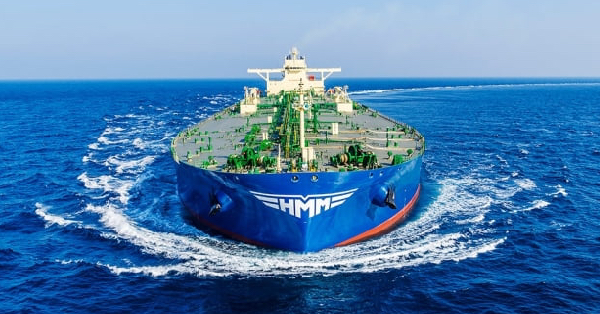The global shipping landscape is expected to be reshaped after the Swiss-based Mediterranean Shipping Company (MSC) and Denmark’s A.P. Moller-Maersk A/S announced recently to split their alliance in 2025, which may be an opportunity for South Korea’s sea flag carrier HMM Co. to expand presence. According to multiple industry sources on Friday, the end in the so-called 2M alliance between MSC and Maersk, the world’s two-largest ocean carrier in two years will bring about a more complex alliance structure from current three to four. Ocean shipping alliances allow container carriers to ensure cost-efficient operations on more routes by sharing ships with each other and jointly managing cargo volume. Currently, there are three alliances – 2M Alliance by Maersk and MSC that accounts for nearly 40 percent of the market, Ocean Alliance by China’s COSCO, Hong Kong’s OOCL, Taiwan’s Evergreen and France’s CMA CGM; and The Alliance joined by HMM, Germany‘s Hapag-Lloyd, Japan’s Ocean Network Express and Taiwan‘s Yang Ming Line. The Ocean Alliance with 35 percent market share is expected to terminate in 2027 and The Alliance with 25 percent in 2030. There will be three alliances once the 2M alliance comes to an end.
MSC that has been adding its own vessels is expected to pursue independent business while Maersk is expected to find new partners. HMM is considered a strong potential partner. HMM uses the world’s east-west routes under The Alliance but the company also works with other sea carriers. Before joining The Alliance, HMM signed a strategic partnership with the 2M in 2018. “It isn’t the time to discuss the partnership with Maersk as doing so will not guarantee immediate profit,” said an unnamed official from HMM. Once the 2M Alliance breaks in two years, shippers are expected to seek sea carriers that provide better service. HMM will be able to secure a more stable route if it joins hands with the world’s second-largest shipping company Maersk.
An issue, however, lies on the fact that sea freight charges could fall further. The Shanghai Container Freight Index, the benchmark for container shipping fees, fell to 1,029 as of Jan. 20, down from above 5,000 a year ago. The rates could go down further amid increased competition. Shipping companies are expected to engage in talks for partnerships and terminations in the next two years until the 2 Alliance breaks up in 2025.
Source: Reuters









































